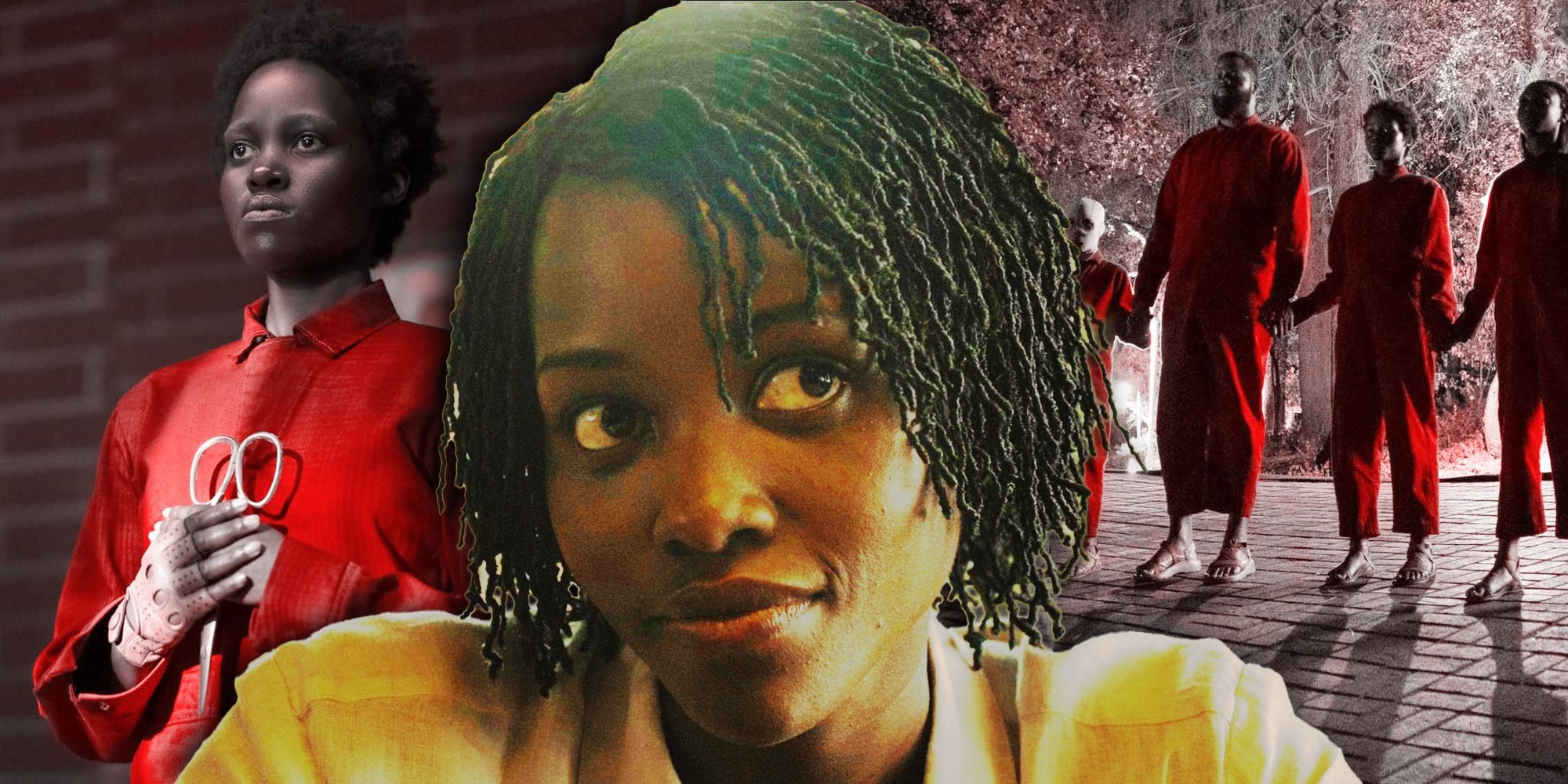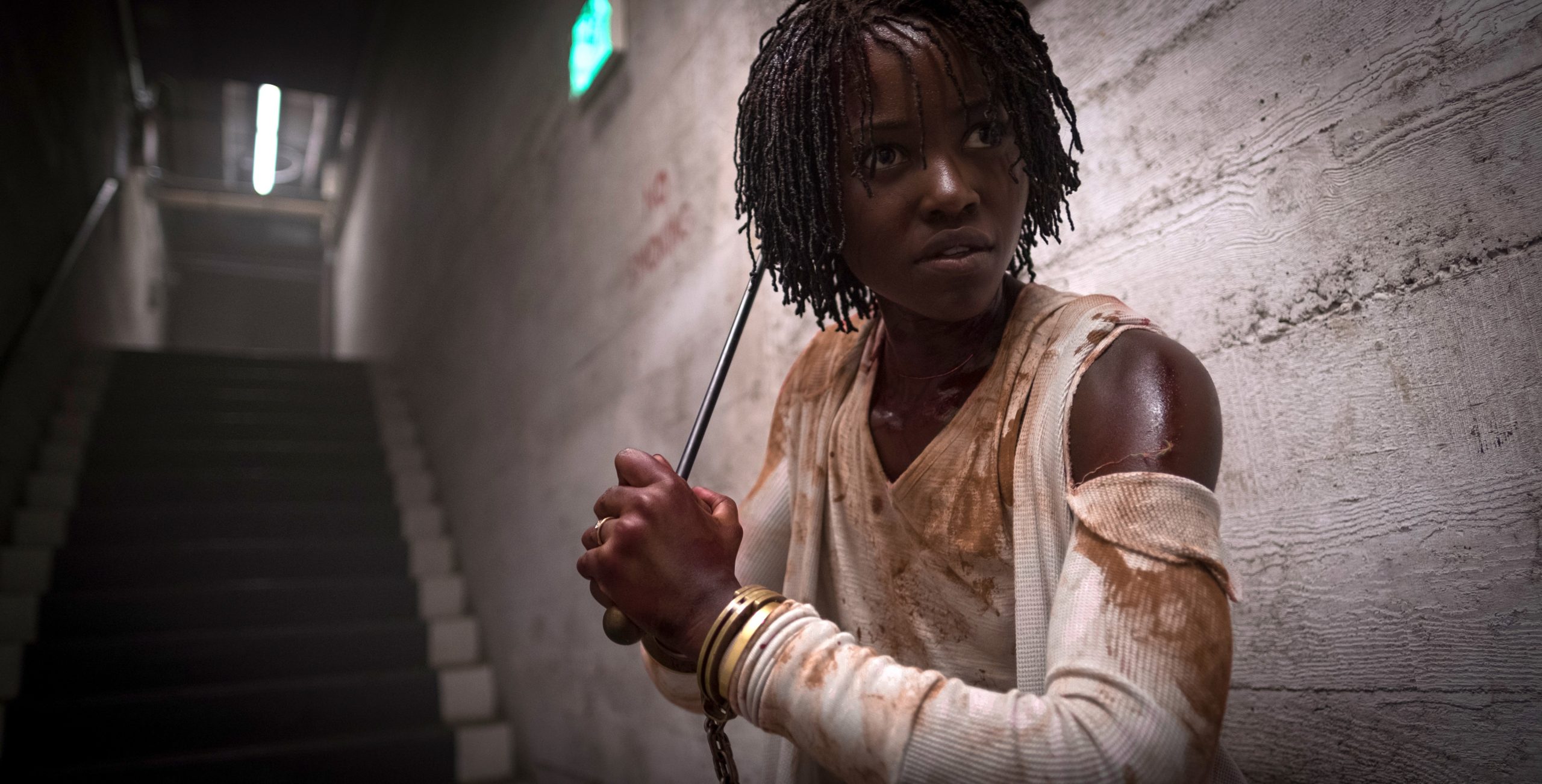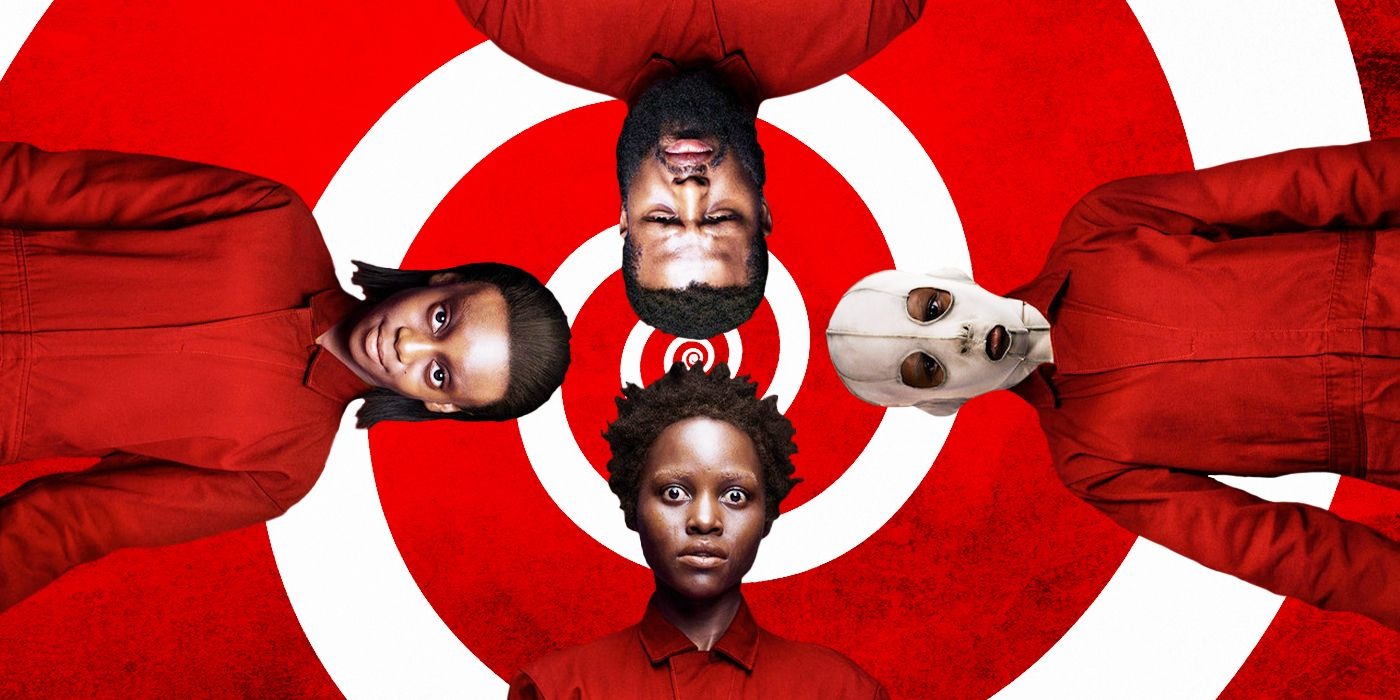Over the past few years, Jordan Peele has made a strong impression in the horror genre, starting with his 2017 directorial debut, Get Out. The film received widespread praise and even won an Academy Award for Best Original Screenplay—an achievement that is rare for horror films.
Peele is known for crafting psychological horror films that are both complex and terrifying, a pattern that continued with his 2019 release, Us. Starring Lupita Nyong’o in the lead role, Us became another success for Peele, reinforcing his status as a key figure in modern horror.

However, beyond its gripping suspense and eerie atmosphere, the film’s ending remains one that leaves audiences both disturbed and puzzled. Now that Us has landed on Netflix, whether you’re experiencing it for the first time or watching it yet again, let’s take a closer look at how the movie concludes.
Breaking Down the Plot of Us
The story begins in 1986 when a young girl on vacation with her parents wanders off at the Santa Cruz Beach boardwalk. As she strays from their side, she enters a funhouse filled with mirrors. While making her way through the confusing maze, she suddenly comes face-to-face with what appears to be her exact double.
This encounter is so traumatic that she stops speaking and becomes withdrawn from her family. Fast forward to 2019, and this girl, now an adult named Adelaide (played by Lupita Nyong’o), is married with children of her own.
She and her family set out on a vacation to the same beach town she visited as a child, though she is visibly uneasy about returning. Later that evening, as the family prepares for bed, Adelaide’s son, Jason (Evan Alex), makes a chilling observation: “There’s a family in our driveway.”
At first glance, it seems like an ordinary statement from a child. However, Adelaide’s husband, Gabe (Winston Duke), quickly realizes that something is wrong. The strangers standing outside aren’t just any visitors—they are exact copies of Adelaide’s family.
These doppelgängers not only resemble them but also mimic their actions and share their thoughts. However, their movements are unsettlingly stiff, their appearances more rugged, and they remain mostly silent. The only one who speaks is Adelaide’s double, Red, whose strained and rasping voice is nothing short of nightmarish.
Who Are the Tethered?
During an unsettling confrontation, Red reveals that they are known as the Tethered. She explains that each of them has been permanently linked to their respective counterparts, sharing a soul with them. However, they have now come to sever that connection—and the only way to do so is by eliminating their above-ground doubles.
One by one, each member of Adelaide’s family is forced to face off against their eerie twin. After narrowly escaping an initial attack, they realize that the Tethered are not just after them—the duplicates have spread across the country, joining hands in a human chain.
This chilling formation mirrors the Hands Across America campaign, suggesting a deeper connection to the past. The family quickly decides that their best chance at survival is to head for the coast and escape to Mexico.
How Zora and Jason Outsmart Their Tethered Counterparts
While attempting to execute their escape plan, Adelaide’s daughter, Zora (Shahadi Wright Joseph), and son, Jason, find themselves in life-threatening situations. Zora’s doppelgänger, Umbrae, proves to be a formidable threat, while Jason is confronted by his double, Pluto.
Jason, however, remembers a crucial detail—Pluto imitates his movements exactly. Using this to his advantage, Jason slowly walks backward, causing Pluto to unknowingly step into a fire and perish. Though Jason’s quick thinking helps them momentarily, his triumph is short-lived.
Red swiftly seizes him, forcing Adelaide to go after her son. At this moment, Us reaches its most intense turning point.
How Us Concludes
Adelaide follows Red back into the same funhouse where her childhood nightmare began. This time, however, she stumbles upon a hidden passage that leads deep underground. The dimly lit tunnels are filled with rabbits, and Adelaide soon realizes that she has entered the home of the Tethered.
Inside a desolate classroom, Red finally provides the long-awaited answers—who the Tethered are and where they came from. She reveals that the Tethered were the result of an abandoned experiment, presumably conducted by the government.
Created as clones of people above ground, they were meant to be controlled like puppets. However, when the experiment was discarded, the Tethered were left to fend for themselves in a grim, underground existence.
While their counterparts lived normal lives, the Tethered were forced to mimic every movement from below. People above ground enjoyed roller coasters, while the Tethered merely pretended to ride them in eerie synchronization.
While children participated in school recitals, their doubles performed crude, joyless imitations. With no freedom or personal will, the Tethered lived in an endless cycle of imitation—until the night Adelaide first encountered her double.
At this moment, the true shocker is revealed. The girl Adelaide saw in the funhouse was not just any double—it was Red. But the real twist is how the scene played out. Instead of merely spotting her reflection, young Adelaide was overpowered by her doppelgänger.
Red strangled her unconscious, dragged her underground, and chained her there before taking her place above ground. In reality, the Adelaide we have followed throughout the movie was never the original at all—she was one of the Tethered who stole the real Adelaide’s life.
Who Deserves Sympathy—The Original Adelaide or the Impostor?
This revelation redefines everything the audience thought they knew about the characters. The person believed to be Adelaide all along was a Tethered who had swapped places with her double as a child.

Red, the supposed villain of the film, was in fact the original Adelaide, trapped underground for decades while her impostor lived the life that was meant for her. Further reinforcing this twist, “Adelaide” kills Red in their final fight, strangling her in a way that mirrors how she originally took her place as a child.
The eerie grunts and animalistic sounds she makes while killing Red are a reminder of her true origins. Meanwhile, the real Adelaide—now known as Red—had spent years rallying the Tethered to rise and reclaim their stolen existence.
This revelation raises an interesting moral question. Was the impostor Adelaide the true villain because she stole another person’s life? Or was the original Adelaide at fault for leading a violent uprising that resulted in widespread chaos? There is no clear answer, which is what makes Us such a compelling story.
What Us Represents
As the movie reaches its conclusion, Adelaide’s family drives away in search of safety. Jason, however, casts a suspicious look at his mother, as though he has realized the truth about her identity. His expression suggests that he may know she was never the real Adelaide to begin with.
Many aspects of Us are left open for discussion, especially its deeper social message. Beneath the horror, the film presents a strong commentary on class divisions. The story highlights two groups—the privileged individuals living freely above ground and the forgotten Tethered, forced to live in darkness with no choice of their own.
The Tethered’s existence is a stark contrast to their counterparts. While the people above enjoy comfort, opportunity, and autonomy, the Tethered live in deprivation, surviving on nothing but rabbits and mindlessly mimicking lives they will never truly experience.
The film draws parallels to wealth inequality, racial disparity, and the contrast between the powerful and the powerless. The twist about Adelaide further reinforces this theme. She was originally part of the oppressed but fought her way into a life of privilege, while the real Adelaide sought to reclaim what was hers.
The battle between them questions the idea of right and wrong—was Adelaide’s impostor justified in stealing her life to escape oppression? Or was Red right to lead the Tethered in taking back what was stolen? This complexity is what makes Us stand out—not just as a horror film, but as a thought-provoking story that lingers long after the credits roll.



